Solid propulsion
Solid propellant rockets are found in several space and military applications.
- They are used as strap-on boosters (as in Ariane V or the former Shuttle)
- They can be launcher stages (as in Vega, see the picture on the right)
- Embarked missiles are propelled with this technology (e.g. sidewinder)
Solid propulsion grants high thrust in a compact volume, readiness, and simplicity of the propulsion system architecture. As opposite, they feature low specific impulse performance and lack of flexibility because the motor thrust cannot be regulated on real time nor it can be switched on and off.
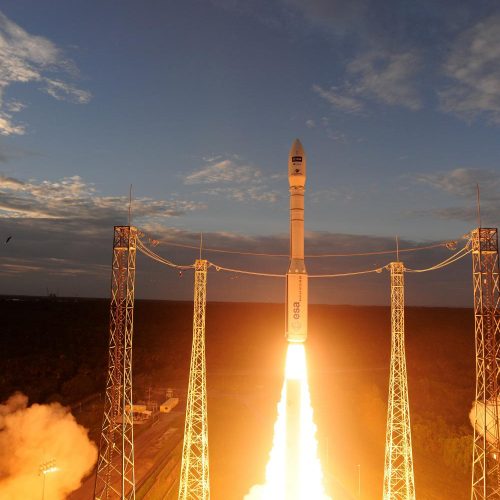
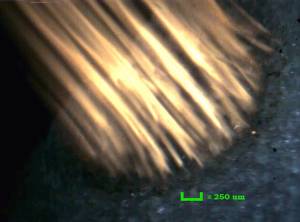
The solid propellant is the core of this propulsion technology. Most of civil applications work with so called “heterogeneous” propellants (a.k.a. composite solid propellants).
This common category of energetic material is a mixture of solid oxidizer powders, metal (if present), and additives, kept together by a polymeric matrix, which grants consistency and mechanical stability to the ensemble. This material contains all the ingredients to self-sustain the combustion in solid form, grainting high energy density.
The combustion of solid propellants involves complex phenomena and is strongly dependent on the ingredients and their interactions.
Featured research topics

Metal combustion and multiphase flow
Combustion in propellants of high energy metal fuels and other advanced materials (hydrides, nanomaterials, activated powders) and investigation of the consequent two-phase flow in the nozzle.
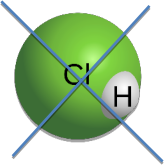
Green solid propulsion
Diagnostics and compositions for cleaner solid propellant exhaust (scavengers, neutralizers, additives)
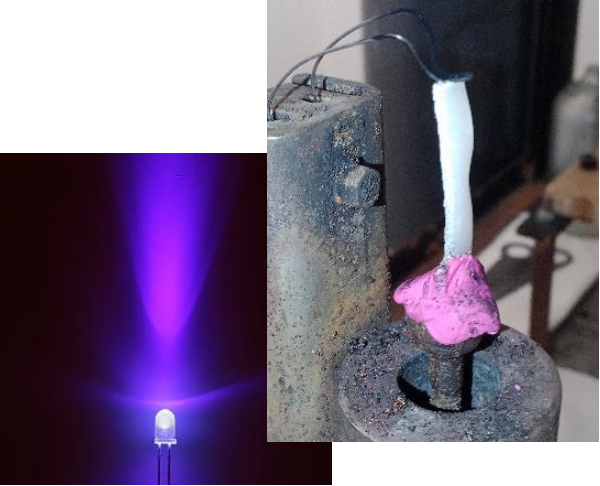
UV-curing for solid propellants manufacturing
Isocyanate-free nontoxic method for propellant curing. This is the enabler for an innovative solid propellant additive manufacturing technique.
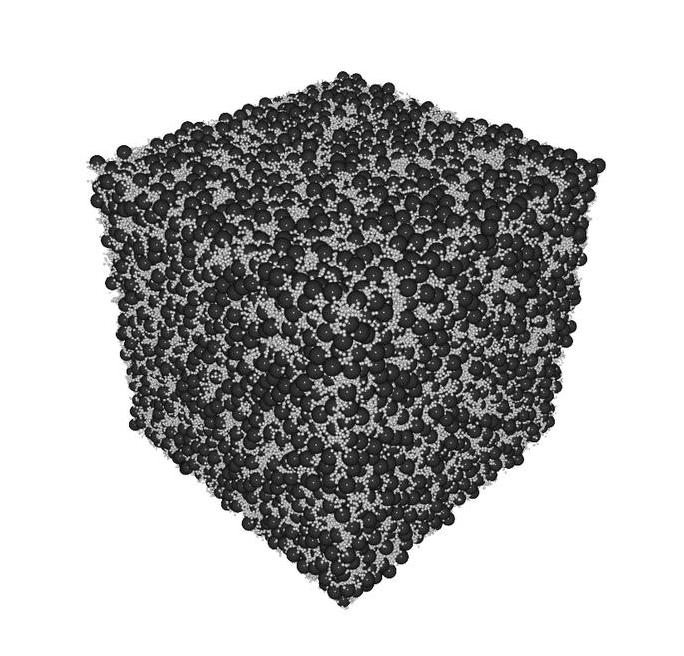
Propellant microstructure
Modeling and experimental analysis (micro tomography) of propellant microstructure and, in general, heterogeneous matter.
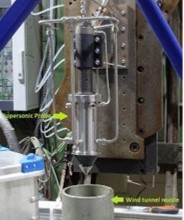
Particles Collection Techniques
Development of advanced methodologies for incipient agglomeration characterization and particles in plume collection
